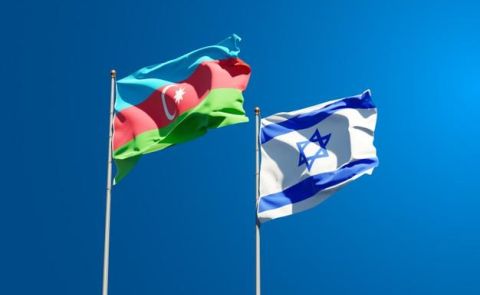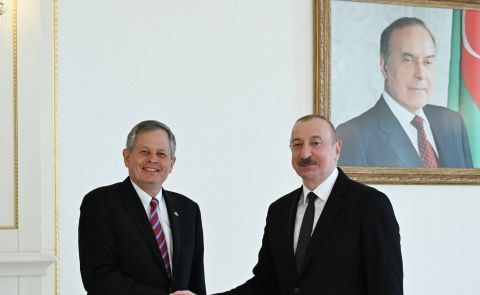
Georgia and Armenia Undergo a Government Reshuffle
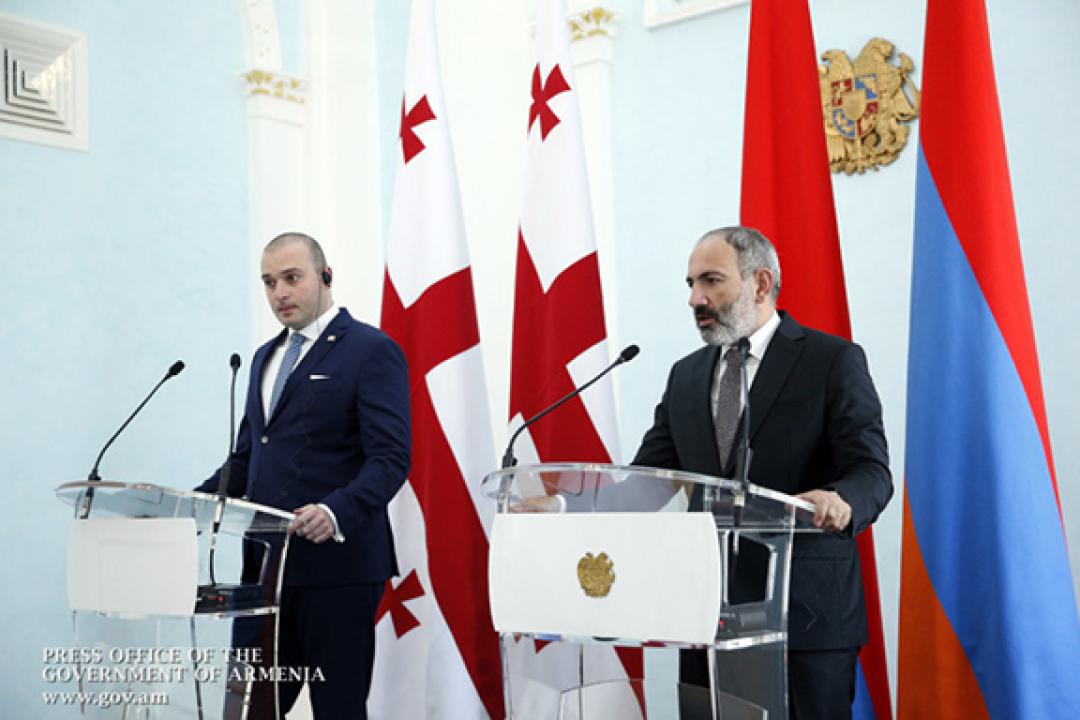
What to Expect from their Bilateral Relations?
Erik Davtyan, PhD, is an Assistant Professor at the Faculty of International Relations, Yerevan State University. His research interests include small state studies, geopolitics of the South Caucasus with a particular emphasis on Georgia's foreign and security policy.
The period between April and June has earmarked a new stage in South Caucasus politics. Firstly, a political crisis erupted in Armenia resulting in Prime Minister Serzh Sargsyan’s resignation and an entire cabinet change. Secondly, Georgia’s Prime Minister Giorgi Kvirikashvili resigned with some ministers being replaced by new ones. Thirdly, though not so importantly, Azerbaijan’s incumbent president Ilham Aliyev ensured his fourth term in presidential elections.
Hardly had Serzh Sargsyan assumed office when Nikol Pashinyan, the then head of the parliamentary faction “Yelq” (“Way Out”), denounced and openly challenged this move with the support of tens of thousands of people. Eventually this ended up in a government reshuffle, dubbed Velvet Revolution. Subsequent developments in Armenia’s political life were unique in a sense that one of the smallest political force in the National Assembly of Armenia (having only 9 out of 105 parliamentary seats) formed a new government with Pashinyan becoming Prime Minister. As to the former ruling party, the Republican Party of Armenia, it still retains its power in the Parliament since slightly less than the half of deputies are members of the Republican faction.
In June, a month after Pashinyan came to power, the Georgian political life was shaken by internal disputes in the ruling party “Georgian Dream - Democratic Georgia” (GDDG). Bidzina Ivanishvli, a Georgian tycoon and former prime minister, criticized the then Prime Minister Giorgi Kvirikashvili for 1) the economic underperformance of the country and 2) inefficient management, emanating from the opaque decision-making process that the Parliament and some cabinet members were allegedly alienated from. Ivanishvili saw a clear threat to the unity of the ruling party and decided to come back to politics as the newly elected chairperson of the GDDG party. Under such criticism and lower credibility, Giorgi Kvirikashvili resigned and a partially new government was formed by Mamuka Bakhtadze, the then Minister of Finance.
Now that both Armenia and Georgia have undergone significant changes, one might ask whether all of this will have a say on Armenia’s and Georgia’s foreign policy and to what extent. Deducting from foreign policy visions, how will the advent of new political forces influence the bilateral relations between these two small states?
The first thing that needs to be addressed is Georgia’s expectation from Armenia’s revolution. It triggered the Georgian public interest in terms of a possible U-turn in Armenian foreign policy, rather than the future of Armenian-Georgian relations proper. What was particularly intriguing among the Georgian society was the expectation that Armenia might join Georgia, the flagman of European and Euro-Atlantic integration in the South Caucasus and the wider Eastern Partnership, in othering the post-Soviet space and identifying themselves as Eastern European nations via breaking away from Russia and endorsing the membership in the European Union and NATO as official foreign policy goals. From Georgia's point of view, this would buttress the sense of solidarity between the two nations as it did in the case of Georgia-Ukraine relations after Ukraine's Orange Revolution in 2004 and Euromaidan in 2013. The fact that Georgian media outlets have interviewed Nikol Pashinyan twice in a couple months, points at the increased interest towards Armenia.
This was also stipulated by Georgian ex-president Mikheil Saakashvili's attitude towards, and frequent references to, Armenia's Velvet Revolution. On the very day Serzh Sargsyan resigned, Saakashvili voiced his explicit favor towards demonstrations and hailed Armenians as “a great proud nation”. Interestingly, this sparked allegations about possible ties between Saakashvili and Pashinyan which the latter rejected during the hearings at the National Assembly of Armenia. In his later statements Mikheil Saakashvili even urged Nikol Pashinyan to learn about his mistakes and opined that “their (i.e. Saakashvili’s and his supporters’) success depends on his success too”.
Notwithstanding, at the meeting with his Georgian counterpart, Giorgi Kvirikashvili, Nikol Pashinyan made clear that the change of power will not have any geopolitical implications. During his first working visit to Russia Armenia's Prime Minister assured the President of Russia, Vladimir Putin that the strategic and allied nature of Russian-Armenian relations is not going to be questioned in Armenia and that neither him nor his cabinet is going to challenge it. As soon as Nikol Pashinyan started to unpack his foreign policy vision, it was clear that his cabinet will follow roughly the same foreign policy path that the previous authorities had elaborated. For instance, Pashinyan stated that Armenia will boost its cooperation with Russia, other members of the Eurasian Economic Union (EAEU), as well as Georgia, the US, EU, Iran and other partners, but not at the expense of others. Similarly, in his interview with Al-Jazeera he ruled out the option of balancing between Russia and the West, hinting at Armenia's reluctance to take one's side in tensions between some of its traditional partners and his commitment to develop fruitful relations with all of them. So, the gist of these messages is that Pashinyan's government, unlike Saakashvili's Georgia, will not revolutionize the foreign policy agenda and will stick to the already existing priorities, as fixed in the National Security Concept back in 2007.
With this background, it is worth weighing in on the current state of Armenia-Georgia relations and the input that new governments in both countries can have on it. Though Armenia's foreign policy has not undergone serious transformations, Pashinyan demonstrated a particular interest in bolstering the Armenian-Georgian partnership. One remarkable thing is the fact that, unlike during Serzh Sargsyan's two presidential terms, Nikol Pashinyan's first official visit was paid to Georgia. Perhaps the most eye-catching part of the Georgian trip was the Armenian Prime Minister's visit to the regions of Akhalkalak and Ninotsminda, two districts in the south of Georgia with compact Armenian population (more than 90%). The point is that various Armenian delegations have always been frequent visitors to these regions, however the only visit at the highest political level was paid by the first President of Armenia, Levon Ter-Petrosyan back in 1996. This shows that, despite newly established connections, the two governments enjoy mutual confidence and resolute commitment to address, inter alia, such a sensitive issue that from time to time provokes public outrage and a sense of distrust between the two societies. Furthermore, the Minister of Foreign Affairs of Georgia, Mikheil Janelidze, assured the local Armenian population that soon the government will announce a tender for reconstructing the Ninotsminda-Armenia highway, a key issue that impeded the everyday communication between not only local Armenians and their kin state, but also between Armenia and Georgian sea ports. Besides, Janelidze depicted the bilateral cooperation as a relationship where “Georgia’s power is Armenia’s power, and vice versa”.
Another important aspect is Pashinyan’s vision on Armenia-Georgia relations in the broader international perspective. In an interview to Georgian TV stations the Armenian Prime Minister acknowledged the fact that sometimes exogenous factors have a negative impact on Armenian-Georgian cooperation and opined that the bilateral relationship should be kept untouched by “geopolitical influences”. Different approaches towards ethno-territorial conflicts, namely “territorial integrity vs. national self-determination” discourse, provokes a sense of misunderstanding and unease between Georgians and Armenians, at least at the societal level. When dealing with resolutions on Nagorno Karabakh, Abkhazian or South Ossetian conflicts, at the level of international organizations Georgia and Armenia often vote against each other. Similarly, divergent integration policies create a seeming chasm between the two small states as Georgia has opted for membership in the EU and NATO, while Armenia is a member of the EAEU and CSTO (Collective Security Treaty Organization). Amid a nadir of relations between Russia and the West and a renewal of the US-Iranian confrontation, the new cabinets in Armenia and Georgia should reinvigorate their commitment to develop bilateral relations across the entire gamut of mutually interesting spheres.
What Georgia's new government thinks about Armenian-Georgian relations, is equally important. Georgia's new Prime Minister Mamuka Bakhtadze kicked off his first official visit to Armenia with a quite ambitious idea to upgrade the bilateral trade to 1 billion US dollars, i. e. twice as much as in 2017. That would mean that Armenia will become Georgia's third biggest trade partner, exceeding such states as Ukraine, Azerbaijan and even China.
Bakhtadze's resolve to reach that target is a timely message as Armenian-Georgian trade, which has traditionally lagged behind Georgia's trade with other states, currently enjoys a significantly higher level, so the governments should keep up the pace to have more integrated and interdependent economic relations. The trade turnover has developed asymmetrically as for many years Armenia has not even been among Georgia's top 10 trade partners by imports (with a roughly 1% share), which is quite puzzling for two neighboring states. However, the recent dynamic unveils some positive trends as, according to the National Statistics Office of Georgia, Armenia's share in Georgian imports has reached 3% and 3.5% in 2016 and 2017 respectively, while the overall trade turnover has increased from $367 million in 2016 to $491 million in 2017. Additionally, the parties agreed upon reviving the activity of the Joint Intergovernmental Commission on Economic Cooperation which may serve as another stimulus for a greater economic interaction. So, combining these trends with the renewed commitment of both governments, having a $1 billion trade seems plausible in a med-term perspective.
To sum up, the new cabinets in Armenia and Georgia have not only started a partnership on a very positive note, but also generated new ideas over a span of just four months which will eventually bear fruit in a short-to-medium term perspective.
See Also

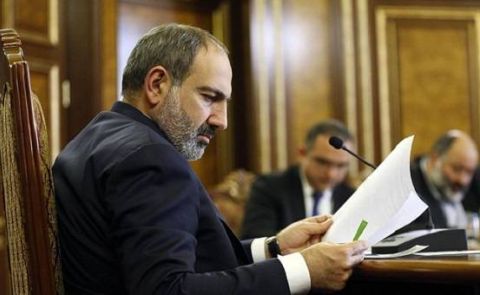
Pashinyan Commemorates First Republic Day, Highlights Progress in Sovereignty and Peace Efforts

Israeli Ambassador to Armenia Acknowledges Challenges but Optimistic About Future Armenian-Israeli Cooperation
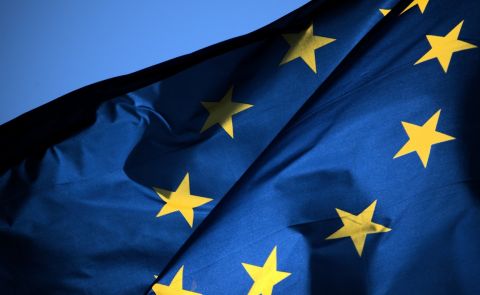
EU Plans Closer Cooperation with Azerbaijan, Georgia, Türkiye, and Other Black Sea States
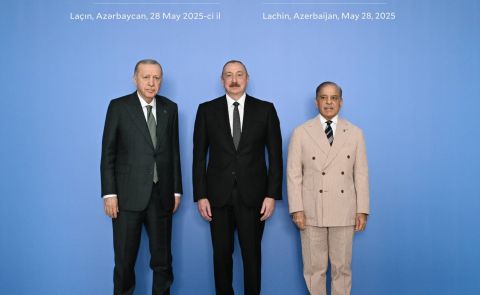
Azerbaijan, Türkiye, and Pakistan Highlight Growing Strategic Cooperation at Lachin Summit
